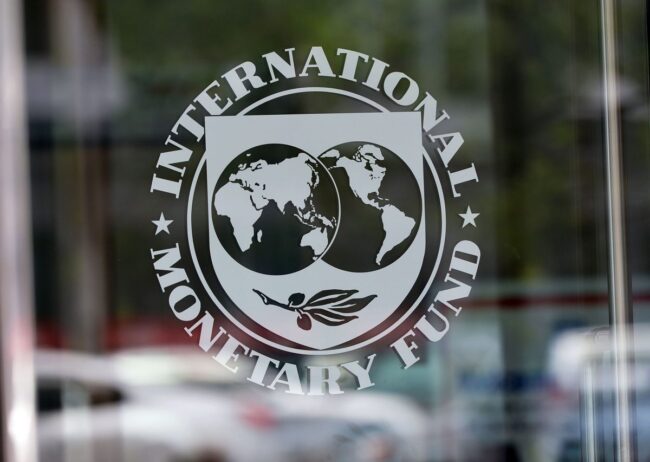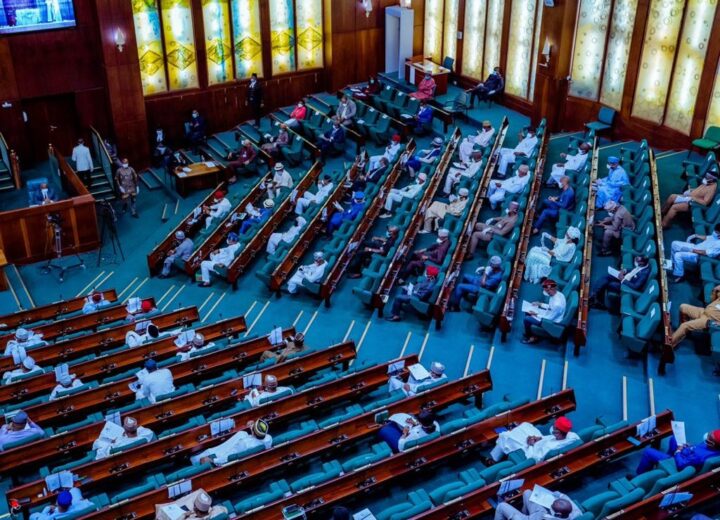The International Monetary Fund (IMF) has advised the federal government to raise value-added tax to at least 10 percent by 2022.
In a country focus article published on Monday, the IMF executive board and its economists said the VAT rate should be increased to 15 percent by 2025; which it says is the average rate in countries belonging to the Economic Community of West African States (ECOWAS).
Nigeria raised its VAT rate from five percent to 7.5 percent in 2020.
“Nigeria has one of the lowest revenue levels as a share of GDP worldwide. A large share of revenues is spent on the country’s public debt service payments, leaving insufficient fiscal space for critical social and infrastructure spending and to cushion an economic downturn.
Advertisement
“In this context, mobilizing revenues through efficiency-enhancing and progressive measures is a top near-term priority. Revisiting tax exemptions and customs duty waivers, increasing and broadening the base for excise taxes, developing a high-integrity taxpayer register, enhancing digital infrastructure, and improving on-time filing and payment are important measures.
“Once economic recovery takes root, Nigeria will need to increase the value-added tax rate to at least 10 percent by 2022 and 15 percent by 2025 —the average in countries belonging to the Economic Community of West African States— to create effective fiscal space.”
The Bretton Wood institution said its staff estimates that the naira is overvalued at the official market by 18.5 percent.
Advertisement
“Staff’s latest estimates suggest an overvaluation of the real effective exchange rate (applied on the current level of the official exchange rate) of 18½ percent, with the external position assessed as substantially weaker than what is consistent with fundamentals and desirable policy settings,” the report read.
“The current system creates uncertainties for the private sector because of multiple exchange rates and non-transparent rules for foreign exchange allocation. Unifying the various rates into one market-clearing rate would establish policy credibility.
“Sustained premiums in the parallel market and unmet foreign exchange demand indicate the need for further adjustment in the exchange rate to reduce the gap between supply and demand.”
It also estimated that real gross domestic product (GDP) growth will turn positive at 1.5 percent in 2021 and return to pre-COVID levels in 2022.
Advertisement







